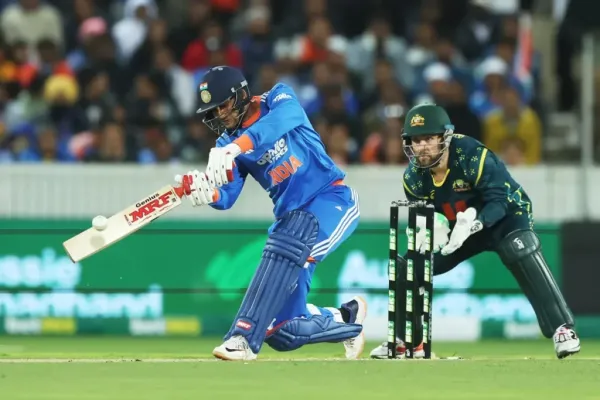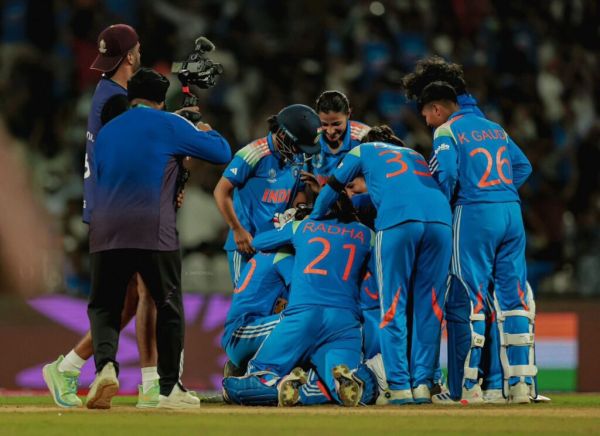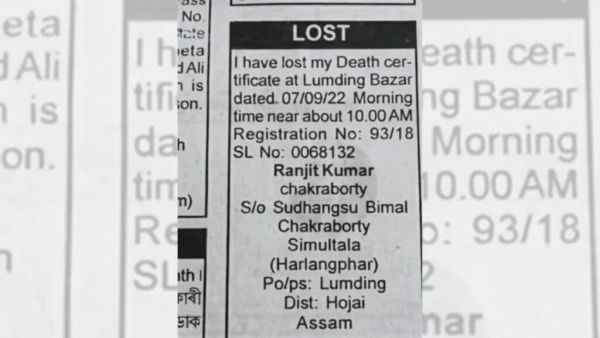An advisor to the power ministry has warned renewable energy developers in India to plan their growth carefully and keep it in line with actual demand. The warning came at the BloombergNEF Summit in New Delhi, where Ghanshyam Prasad, Chairman of the Central Electricity Authority, said building more capacity without enough demand could end up hurting the sector.
He explained that if India adds sixty gigawatts of renewable power next year, there is no guarantee it will all be used. In fact, some of the existing capacity is already lying unsold. This is a big shift for India because, in the past, the country often struggled with not having enough electricity. But now, with a huge push in solar and wind projects along with conventional thermal plants, supply has started outpacing demand.
This surplus sounds good on the surface, but it is also creating operational headaches. When supply is higher than demand, grid operators are forced to cut down on the power they accept. This is done to prevent instability in the national grid. Too much electricity can cause fluctuations in frequency and voltage, which, in extreme cases, can even cause a grid collapse. To avoid that, operators often scale back generation or even disconnect some plants temporarily.
Earlier this month, Reuters reported that around forty four gigawatts of renewable projects in India still do not have buyers or supply agreements in place. Prasad reminded the audience that India faced a similar problem in the last decade with thermal power. Many plants were left idle, and some companies even went bankrupt because they had more capacity than the market could absorb. He stressed that India must avoid repeating the same mistake with renewable energy.
Another challenge is transmission. Even when power plants are ready, they need strong transmission lines to deliver electricity to users. Prasad pointed out the case of a substation in Khavda, Gujarat, which has a capacity of four thousand megawatts, but only three to five hundred megawatts are currently being used. This gap shows the lack of balance between generation and distribution.
To fix this, Prasad urged developers to plan ahead. He suggested that companies should apply for grid connections at least two to three years before their projects become operational. This longer lead time would allow proper checks, infrastructure upgrades, and coordination to make sure the power generated can actually be delivered to the market. Without this preparation, projects may face delays, rising costs, and wasted investments.
Industry voices at the summit also echoed this concern. Sanjeev Aggarwal, founder of Hexa Climate Solutions, said that while India is adding new capacity very quickly, the investment in transmission is lagging behind. The entire focus, he noted, has been on building more power plants, but not enough attention has been given to distributing that power effectively.









